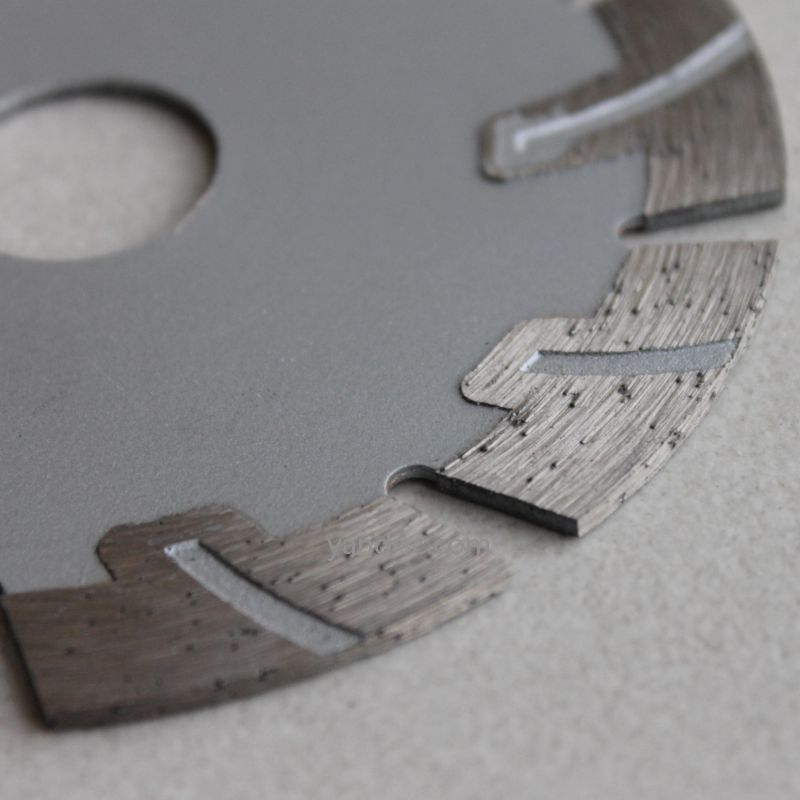Blog
How to choose flap disc shape?
When discussing the shape of flap disks, we must firstly consider their structure and composition.
Unlike standard grinding wheels, which consist of an even grinding surface made of abrasive grains bonded in place, abrasive flap disks consist of a ring of overlapping flaps. These flaps are loaded with coated abrasive grit—the same grit used in bonded abrasive cutting and grinding wheels—to grind and shape workpieces during fabrication, or to mix and finish welds.
Cutting and grinding discs usually have a fiberglass construction, while in flap discs the particles are adhered to a backing usually made of cotton, polyester or a blend. Cut the emery cloth into smaller strips, then layer the strips so that they overlap each other to form the slapping disc. Rigid back panel provides stability and support.
The two most common types of flap discs are flat types and conical type:
- Flat types: Flat flap discs, also known as Type 27 flap disks, typically grind best at shallower angles between 0 and 15 degrees. They’re best for smoothing and blending on flat surfaces and can work with light contours.
- Conical Types: Conical flap disks, also known as Type 29 lobe discs, have a disc-shaped grinding surface instead of a straight one. They usually grind best at an angle between 15 and 25 degrees. They enable aggressive cutting by maximizing surface contact on flat surfaces.
In general, operators should choose conical flap disks for initial high-volume grinding, and flat flap disks for fine detailing.

